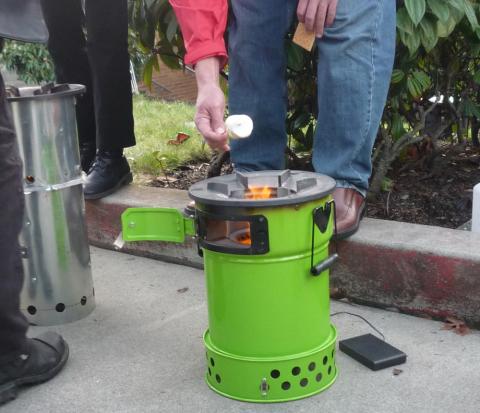House Professor, Garrick Blalock spoke to the Rose Scholars about the evolution of green technology and the practicality of it in today’s world. He started by speaking to the students about how familiar we were with hybrid technology and how many people we knew with hybrid cars. We all knew how much hybrid cars helped the environment and how they could even save us money, so how come everyone wasn’t driving hybrids? We concluded that it was because of sheer accessibility and a change in the norm. One worry of many people who consider buying hybrids is that there won’t be a charging station nearby when they need it most. Or the car may break down and the parts to fix it are inaccessible or priced extremely high. For reasons like this, it is hard to complete a shift to green technology and to get people to buy more hybrids—it’s simply easier to have a regular car. Blalock then used this comparison example to explain a phenomenon that occurs globally. He told us about the stone fires used in Uganda to cook and boil water. These fires are extremely easy to make- only requiring 3 stones, a base, and a spark. However, they release strong chemicals into the atmosphere that affect the people’s lungs and are also inefficient sources of heat. To solve this, people came to Uganda to give them a cleaner source of heat and newer stoves. What they noticed was that Ugandans were choosing to ignore the cleaner stoves and continuing to use the stone fires due to the ease and familiarity. This talk showed how turning the society isn’t as easy as it may seem, it requires a shift in culture and thought as well as additional resources to accommodate the changes.
This talk reminded me of an idea called the path of least resistance that I learned in a sociology class. It’s human nature to avoid change and take the easiest path, the path that will give you the least resistance. Changing to be a more green society to many people is not the path of least resistance, which is why it’s hard for many people to makes these changes. It’s easier to have a normal car, go to normal gas stations and to your local auto garage than it is to have a hybrid and make special accommodations for the car. This principle is what makes the path to a greener society more difficult and is a change we have to keep in mind when thinking about the future of the earth.

